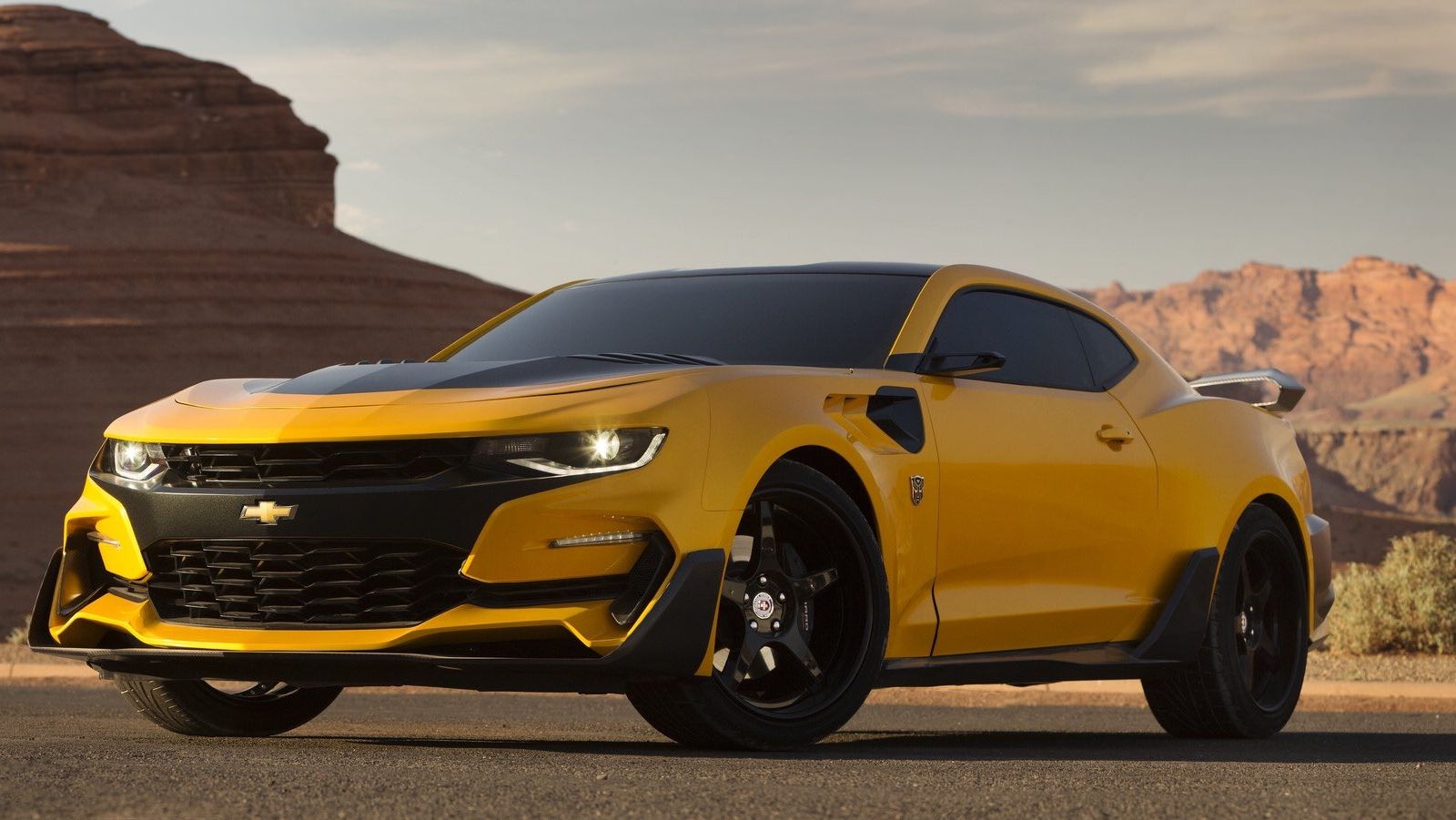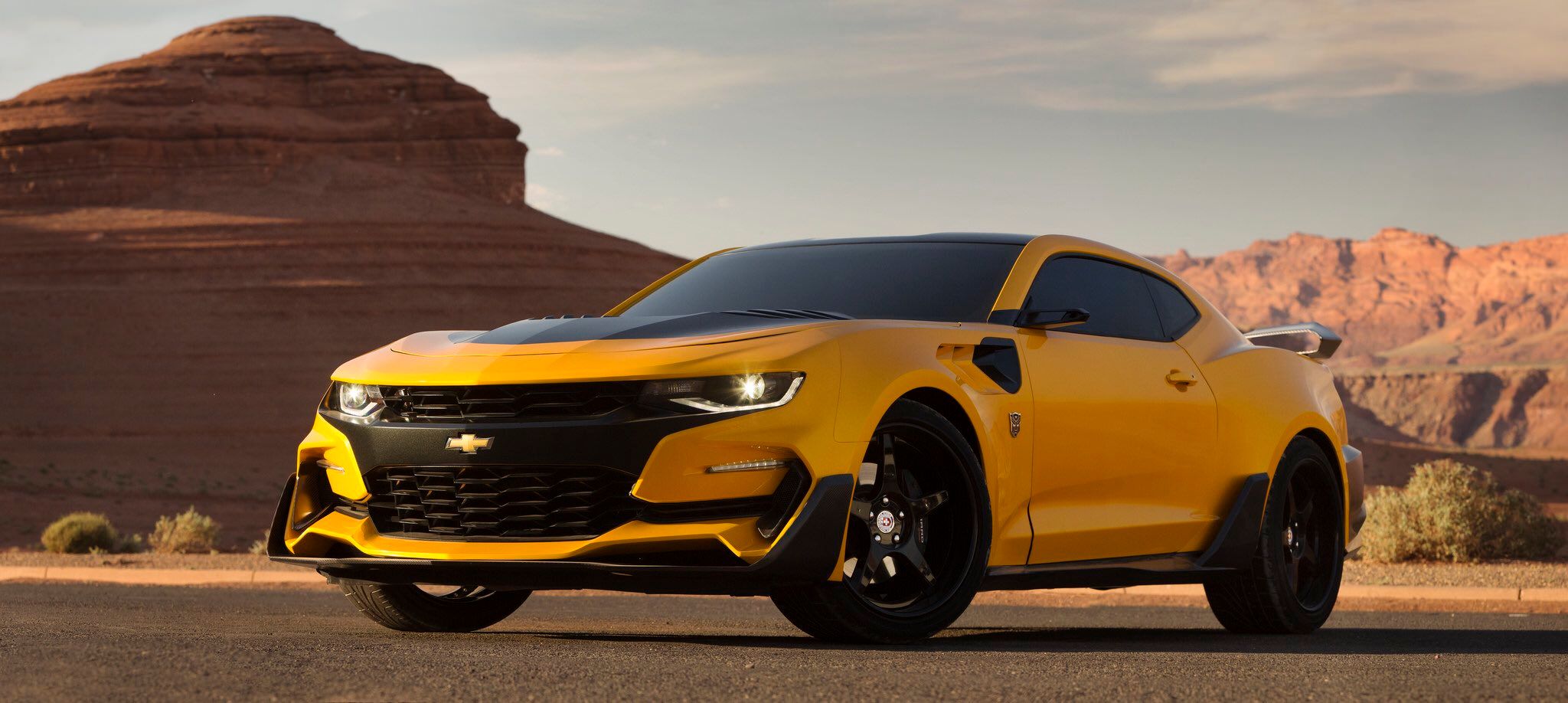The sixth-generation Chevrolet Camaro arrived in 2015 and replaced the previous pony car the brand had been selling since 2009. A significant departure from its predecessor in terms of design, the sixth-gen Camaro is also lighter and a bit smaller, sharing more similarities with sports coupes such as the BMW 4 Series rather than traditional pony car competitors such as the Ford Mustang and Dodge Challenger. On top of the redesigned bodywork, chassis, and upgraded V-6 and V-8 engines, the new Camaro also brought the very-first four-cylinder engine to the nameplate since the early 1990s.
Less than 18 months old as of June 2016, the new Camaro has already spawned a number of special-edition models, a race-spec COPO version, and a supercharged ZL1. A redesigned Z/28 is also set to follow by the end of the year, but Chevrolet won't stop there. With a new installment of the Transformers franchise underway for 2017, a new Bumblebee car based on the sixth-generation Camaro is also under development.
Not much is known about it at this point, but movie director Michael Bay just gave us a first look at the new Bumblebee by posting an image of the car on Twitter. Learn more about the custom coupe below and stay tuned for updates. We'll be back as soon as we have them.
Continue reading to learn more about the Chevrolet Camaro Bumblebee.
2016 Chevrolet Camaro Bumblebee
- Make: Array
- Model: 2016 Chevrolet Camaro Bumblebee
- [do not use] Vehicle Model: Array
What makes the Chevrolet Camaro Bumblebee special
Every Bumblebee Camaro made for the Transformers franchise until now, including the first 1977 second-gen model or the more famous 2009 version, have had certain features that set them apart from the production version. However, none were radically different than the cars they were based on, a feature that allowed Chevrolet to offer a Transformers Special Edition model at some point. This changes with the new Bumblebee, which was heavily revised compared to the stock sixth-generation Camaro.
Up front is where the most changes were made. While the headlamps and the daytime running lights are identical to the standard features, everything else has been reshaped. The main and lower grilles appear to be based on the ZL1's, while the "bowtie" emblem was moved lower, on the horizontal element that separates the upper and lower vents. The bumper has been redesigned too and gained larger intakes at each corner and a massive wrap-around splitter. The engine hood and the front fenders received large gills, while the latter also sport Autobot shield badges.
Onto the sides, there are tiny mirrors with cameras instead of the traditional rear-view glass and big vertical wings that pop out of the side skirts in front of the rear wheels. The photo doesn't provide much detail of the rear section, but the coupe sports a fixed wing that is significantly larger than the spoiler available on the stock Camaro. The vehicle is rounded off by black-painted, five-spoke wheels with Autobot badge center caps and a Rally Yellow paint job with black accents.
So why is the new Bumblebee so different than its predecessors? Well, it probably has to do with what the audience wants to see. Stock Camaros with yellow-and-black paint jobs aren't exactly appealing outside the traditional Transformers fanbase and, since the franchise hasn't being doing well lately, Michael Bay is looking for a change of pace. Sure, a revised Bumblebee won't do much to save the series, but a bunch of aggressive-looking vehicles will make some scenes a lot more interesting.
Chevrolet Camaro
The sixth-generation Camaro was launched in 2015 for the 2016 model year. It replaced the fifth-generation model, introduced in 2010 after eight years with no Camaro in dealerships. Much like the Mustang, the new Camaro sports an evolutionary design that blends styling cues seen on the previous generation with some classic features. About two inches shorter and 294 pounds lighter than its predecessor, the sixth-gen pony is also quicker thanks to its new V-6 and V-8 engines. The newly developed 3.6-liter V-6 is the most powerful naturally aspirated V-6 in the segment at 355 horsepower and 284 pound-feet of twist, while the Corvette-sourced, 6.2-liter, LT1 V-8 makes the Camaro quicker than the V-8-powered Mustang thanks to its 455 horses and 455 pound-feet of torque. The Camaro also received a four-cylinder engine for the first time since 1992. The unit in question is a 2.0-liter turbo-four similar to the one found in the Cadillac ATS and CTS. It generates 275 horsepower and 295 pound-feet and returns more than 30 mpg on the highway. Pricing for 2016 starts from $25,700, two grand more than the previous model.
Read our full review on the Chevrolet Camaro here.




